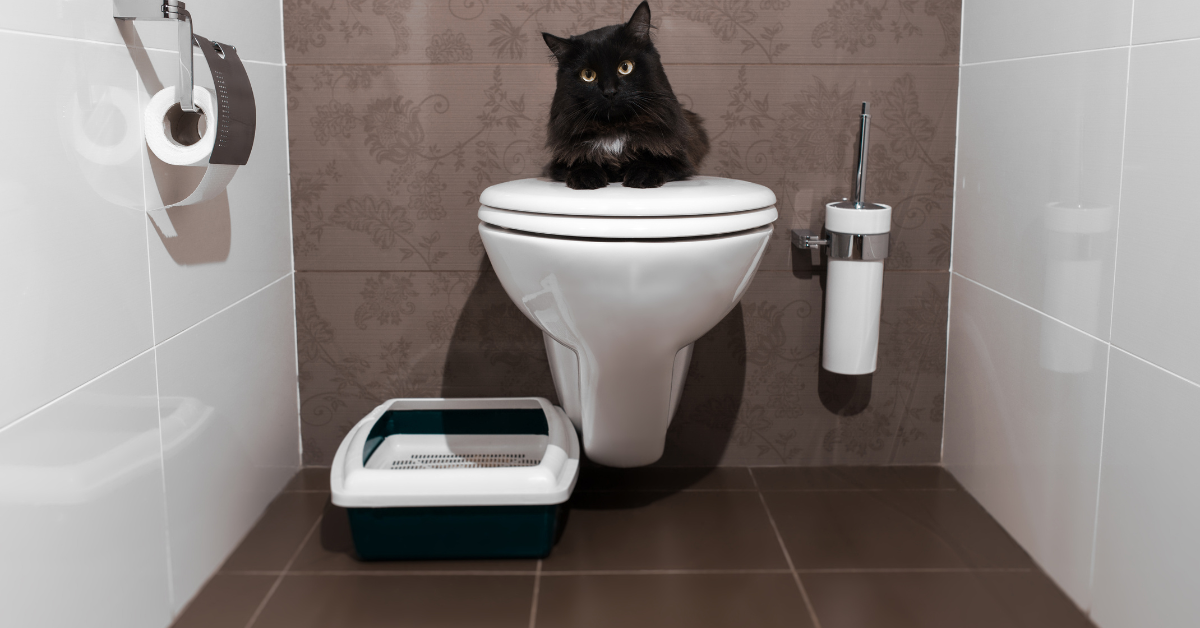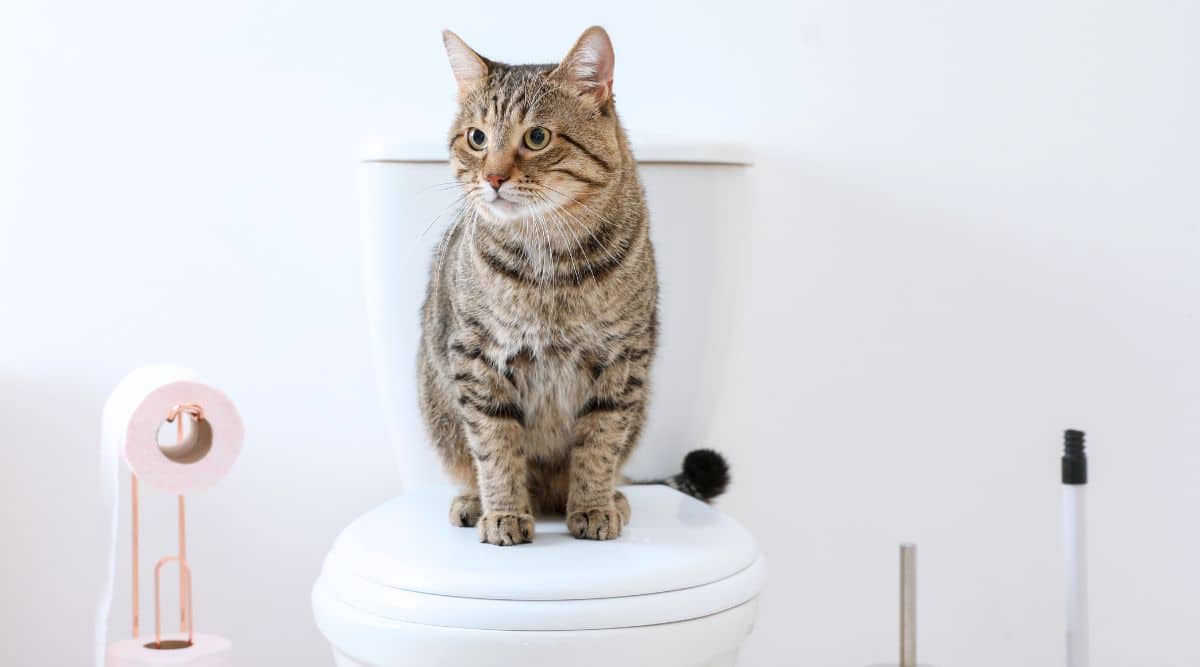Prevent Clogs and Damage: Never Flush Cat Poop Down Your Toilet - Expert Insights
Prevent Clogs and Damage: Never Flush Cat Poop Down Your Toilet - Expert Insights
Blog Article
Were you interested in critical info on Don’t flush cat feces down the toilet?

Introduction
As cat owners, it's essential to bear in mind just how we deal with our feline close friends' waste. While it might seem practical to purge cat poop down the bathroom, this technique can have detrimental repercussions for both the setting and human wellness.
Alternatives to Flushing
Thankfully, there are more secure and much more responsible methods to deal with pet cat poop. Take into consideration the following options:
1. Scoop and Dispose in Trash
One of the most usual approach of dealing with pet cat poop is to scoop it into an eco-friendly bag and toss it in the garbage. Make certain to make use of a committed trash scoop and deal with the waste without delay.
2. Use Biodegradable Litter
Opt for naturally degradable pet cat litter made from materials such as corn or wheat. These clutters are eco-friendly and can be securely thrown away in the trash.
3. Bury in the Yard
If you have a lawn, think about burying feline waste in an assigned area away from vegetable gardens and water sources. Make certain to dig deep enough to avoid contamination of groundwater.
4. Mount a Pet Waste Disposal System
Purchase a family pet waste disposal system specifically designed for cat waste. These systems make use of enzymes to break down the waste, reducing smell and environmental influence.
Health and wellness Risks
In addition to ecological issues, purging pet cat waste can likewise posture wellness risks to people. Feline feces may include Toxoplasma gondii, a parasite that can create toxoplasmosis-- a potentially severe disease, particularly for expecting females and people with weakened body immune systems.
Ecological Impact
Purging feline poop presents dangerous virus and bloodsuckers into the water system, posing a significant threat to water environments. These impurities can negatively affect aquatic life and concession water quality.
Conclusion
Accountable pet possession extends past providing food and shelter-- it additionally entails appropriate waste administration. By avoiding flushing pet cat poop down the commode and selecting alternative disposal approaches, we can lessen our environmental footprint and shield human wellness.
Why Can’t I Flush Cat Poop?
It Spreads a Parasite
Cats are frequently infected with a parasite called toxoplasma gondii. The parasite causes an infection called toxoplasmosis. It is usually harmless to cats. The parasite only uses cat poop as a host for its eggs. Otherwise, the cat’s immune system usually keeps the infection at low enough levels to maintain its own health. But it does not stop the develop of eggs. These eggs are tiny and surprisingly tough. They may survive for a year before they begin to grow. But that’s the problem.
Our wastewater system is not designed to deal with toxoplasmosis eggs. Instead, most eggs will flush from your toilet into sewers and wastewater management plants. After the sewage is treated for many other harmful things in it, it is typically released into local rivers, lakes, or oceans. Here, the toxoplasmosis eggs can find new hosts, including starfish, crabs, otters, and many other wildlife. For many, this is a significant risk to their health. Toxoplasmosis can also end up infecting water sources that are important for agriculture, which means our deer, pigs, and sheep can get infected too.
Is There Risk to Humans?
There can be a risk to human life from flushing cat poop down the toilet. If you do so, the parasites from your cat’s poop can end up in shellfish, game animals, or livestock. If this meat is then served raw or undercooked, the people who eat it can get sick.
In fact, according to the CDC, 40 million people in the United States are infected with toxoplasma gondii. They get it from exposure to infected seafood, or from some kind of cat poop contamination, like drinking from a stream that is contaminated or touching anything that has come into contact with cat poop. That includes just cleaning a cat litter box.
Most people who get infected with these parasites will not develop any symptoms. However, for pregnant women or for those with compromised immune systems, the parasite can cause severe health problems.
How to Handle Cat Poop
The best way to handle cat poop is actually to clean the box more often. The eggs that the parasite sheds will not become active until one to five days after the cat poops. That means that if you clean daily, you’re much less likely to come into direct contact with infectious eggs.
That said, always dispose of cat poop in the garbage and not down the toilet. Wash your hands before and after you clean the litter box, and bring the bag of poop right outside to your garbage bins.
https://trenchlesssolutionsusa.com/why-cant-i-flush-cat-poop/

I found that piece about How to Dispose of Cat Poop and Litter Without Plastic Bags when doing a lookup on the search engines. Feel free to take the opportunity to promote this content if you enjoyed it. Many thanks for your time. Visit again soon.
Request A Quote Report this page